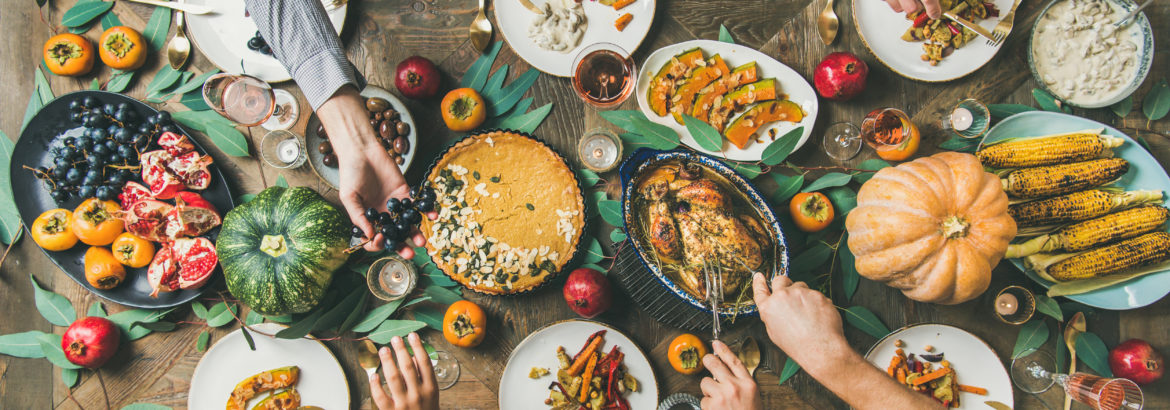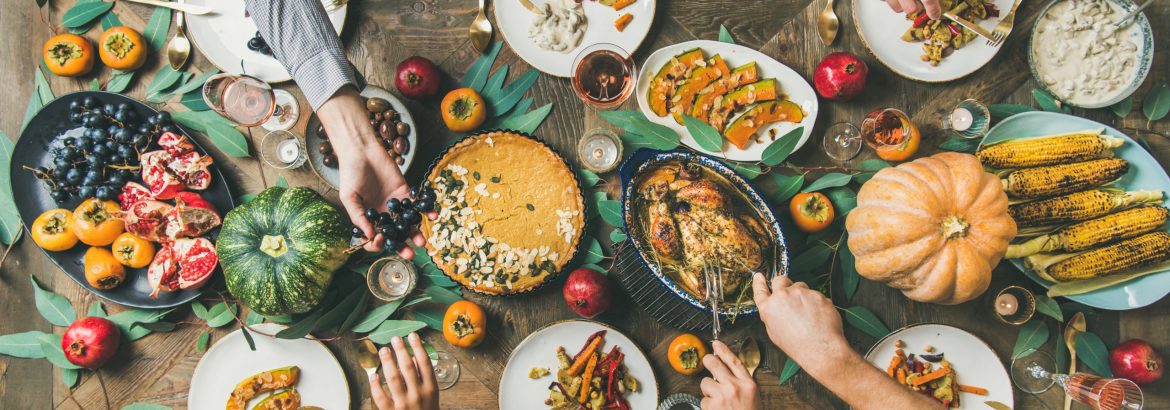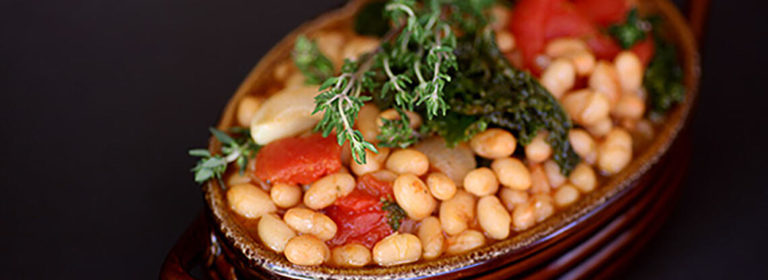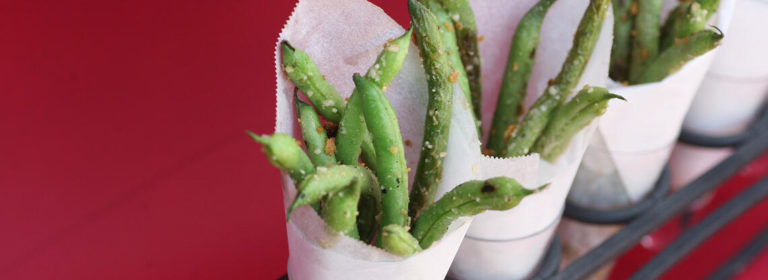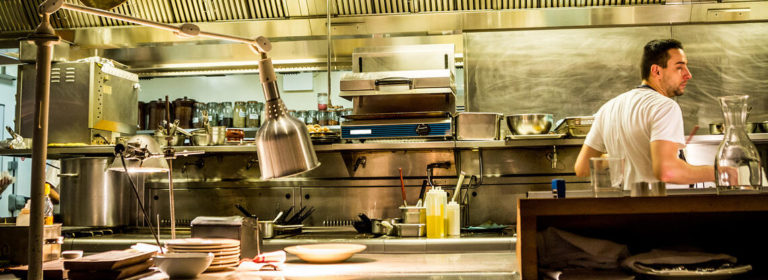Holiday diners don’t always want to cook big meals at home. Be ready for large groups by recreating classic dishes with your brand’s special signatures.
- Thanksgiving deluxe: Transform classics like turkey, ham, stuffing, potatoes, and pies into elegant, sophisticated versions customers are unable to make at home by using colorful, flavorful fruits, vegetables, and herbs.
- Take-away opportunities: Certain customers want to enjoy the holidays at home but prefer to skip the mess of cooking and clean up. Off a selection of meal kits and to-go options that they can assemble and serve. Entrees, side dishes, salads, and desserts—plus house-made condiments and breads make it easy on guests and profitable for operators.
- Cheers! Holiday beverages allow customers to get festive while increasing per check profits. Create new drinks with seasonal flavors or add special herbs, flowers, and produce to existing cocktails and mocktails.
SEASONAL CHECKLIST
Fall and winter holidays increase in-house and delivery traffic—so be ready to meet expectations with key ingredients that can be cross utilized in all areas of the menu.
- Cranberries: Think beyond the canned condiment and stew in-house cranberry sauces with ginger, oranges, black pepper, and jalapeno peppers. Use to sauce turkey, spread on sandwiches, and stir into desserts.
- Pumpkins, yams, and winter squashes: Roast in bulk and have on hand for mashes, fries, spreads, and stuffings. They add bold color and subtle sweetness.
- Hearty greens: Focus on kale, cabbage, arugula, collard greens, and shredded Brussels sprouts for cold-weather salads and starters.
- Roasted apples and pears: Pre-bake and have on hand for easy meat sauces, condiments, and dessert fillings.
- Cruciferous Vegetables: Give side dishes a health halo with broccoli, cauliflower, cabbage and Brussels sprouts ready to use right out of the bag.
